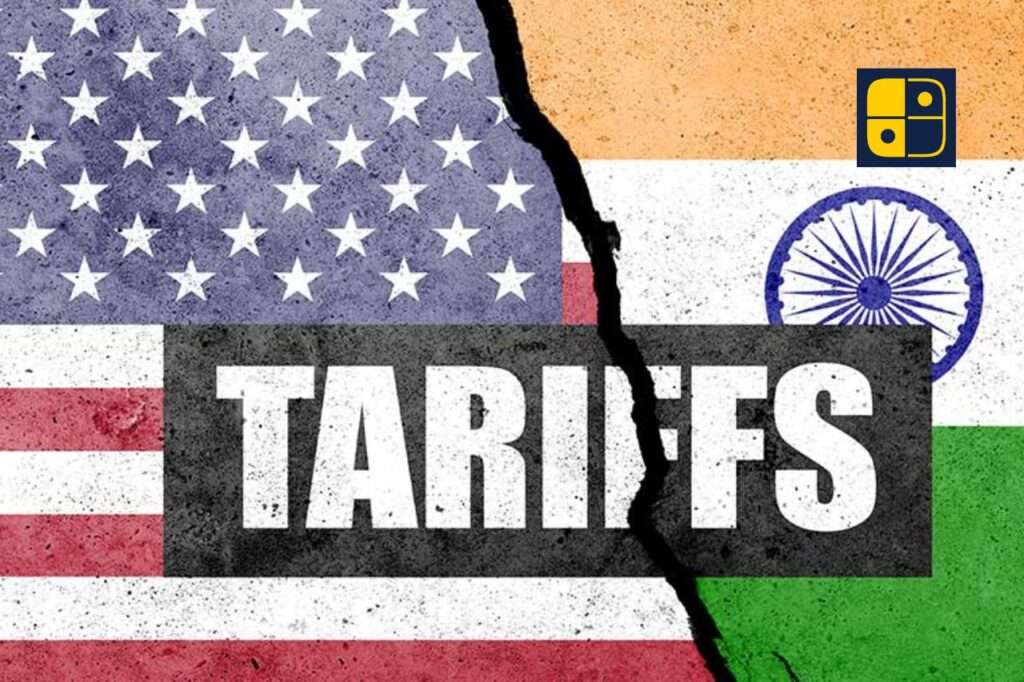Starting 27 August, US President Donald Trump imposed 50% tariffs on Indian exports. This is a considerable blow to the Indian economy, as it will cost $35bn in exports, and particularly hurt textiles, leather, and gems. While some have called for retaliation, India chose to have a restrained, tactical response. Rather than resort to swift tit-for-tat measures, New Delhi has opted for diplomacy to communicate its dissatisfaction better aligning with Russia, China, Japan, and Europe while negotiating a trade deal with the UK and negotiating an EU free trade agreement. In this way, India’s pro-active, multipolar engagements portray it as a steadfast global player.
Domestically, the Modi government is backing exporters through reductions in tax and providing other incentives, preserving competitiveness despite external shocks. According to some experts, the long-term strategy to reduce the over-dependence on the US (and thus insulating India from unforeseen tariff policies) is diversification of export markets on a national basis, particularly toward Mexico, Canada, UAE, and IND, etc.
A targeted, strategic retaliation remains a last-resort option, but India’s priority is strengthening domestic industries with technology upgrades and quality improvements. By balancing diplomacy, trade diversification, and domestic resilience, India is not just surviving the tariff challenge it is laying the groundwork for a stronger, self-reliant economy.

